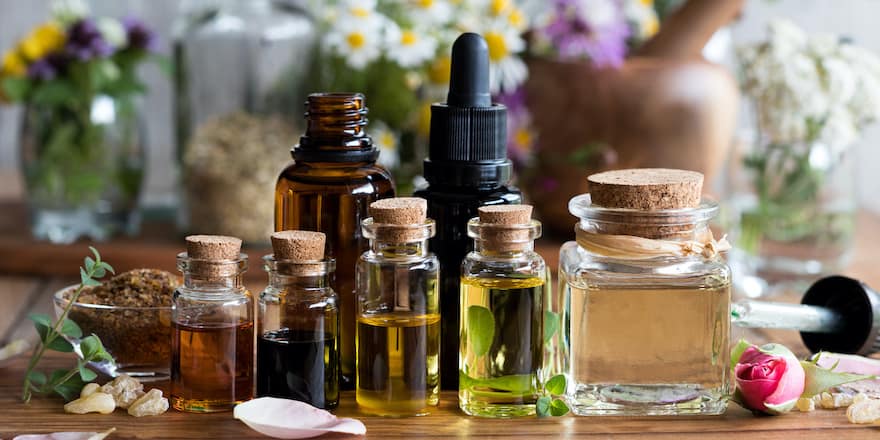It is somewhat taboo, but it’s a common condition that can affect a large part of our body. It’s simply an overgrowth of a population of pathogenic fungi.
On our skin, in our intestines, on mucous membranes and other favorable places for their development… What are the ideal conditions to trigger this type of infection?
- an humid environment (in skin folds, feet, genital areas…)
- a weakened immune system
- direct contact with the fungus
- after antibiotic treatment that disrupts the flora
To address these infections, often resulting from the growth of fungi of the Candida genus, there are of course medications available.
But before resorting to prescription medication, why not try a natural antifungal? Be cautious; if they prove ineffective, consider consulting a healthcare professional promptly.
1. Ginger

Ginger has been used for centuries in traditional medicine. Its rich composition in gingerol, shoagol, and zingiberene gives it antimicrobial properties, including antifungal effects, as described in this study.
You can consume it fresh in dishes or in the form of tea to enjoy its benefits.
2. Essential oils

Among them are:
- Tea tree essential oil
- Oregano essential oil
- Cinnamon essential oil
- Thyme essential oil
- True lavender essential oil
In my research, I found this study, which confirms these as the most interesting antifungals.
I must emphasize that some essential oils are very potent and should be used diluted in a carrier oil. Follow the manufacturer’s instructions for safe use and seek advice from a pharmacist if in doubt.
3. Garlic

This study highlighted garlic’s rich composition in sulfur compounds like allicin. This explains why it’s prominent in the realm of natural antifungals.
According to research, it could inhibit the activity of certain pathogenic fungi and prevent their growth, notably Candida albicans.
You can consume it raw in salad, add to your dishes, or apply it locally to the area to be treated. Caution, it can be irritating. Therefore, I recommend doing a patch test on your skin first.
4. Apple cider vinegar
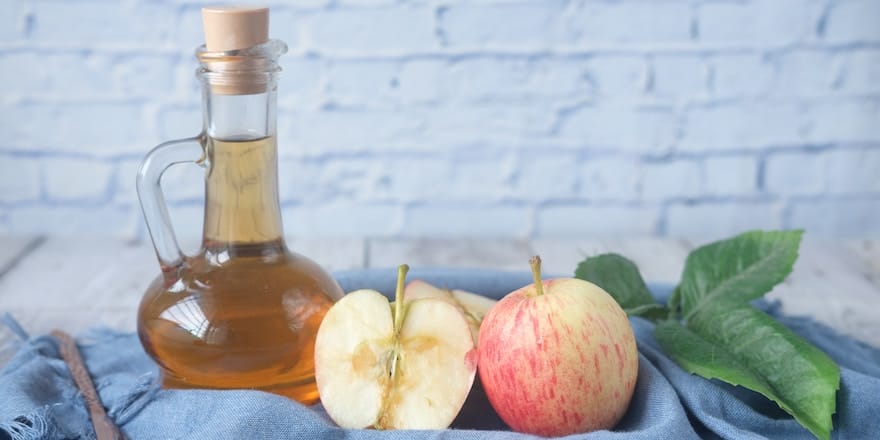
The use of apple cider vinegar for everyday ailments is a true grandmother’s tip! Why? Its acetic acid, which could attack the cellular walls of fungi to inhibit their growth and proliferation.
Its action doesn’t stop there since it helps change the skin’s pH, making the environment less favorable for responsible fungal growth.
However, as shown in this study I found, scientific evidence is still lacking on the subject to confirm its positive effects.
5. Grapefruit seed extract
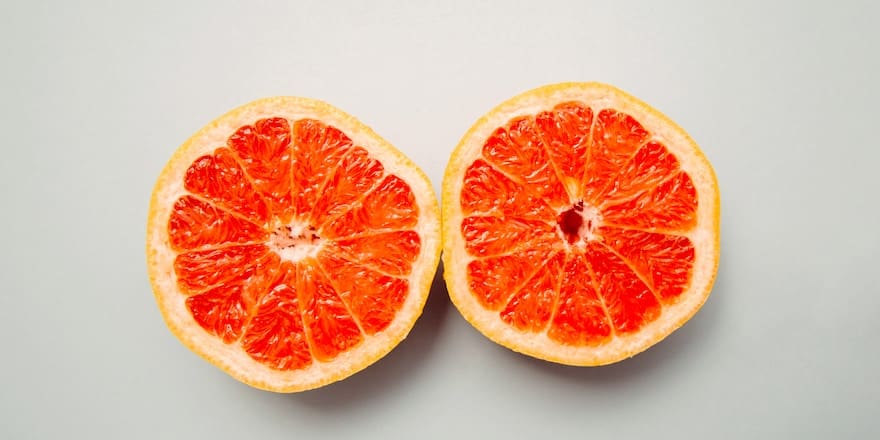
Grapefruit seed extract is renowned in natural health for helping fight fungal infections. This study looked into the matter.
It is rich in bioflavonoids, limonoids, and vitamins C and E, compounds with antifungal activity. Their action? They break down fungi cell walls and prevent their multiplication!
Nevertheless, I believe that further studies deserve to be conducted.
For application, it can be applied locally to the area, or ingested in the form of capsules. Always seek medical advice before using this type of product.
6. Turmeric
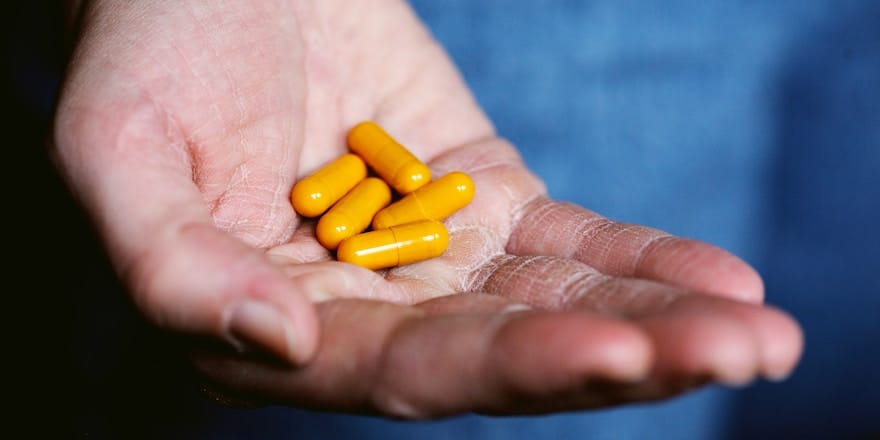
As with its other benefits, turmeric derives its effects from its main compound: curcumin.
This molecule would help to reduce the growth of the species responsible for the infection by disrupting their cell division and altering their membrane, as synthesized in this analysis that I found.
To consume it, I advise you to use it regularly in cooking as a preventive measure, but also in the form of a dietary supplement, or even topical application by mixing it with water to form a paste.
Read also | Our advice for choosing the best curcumin
7. Olive Leaves

The olive leaf extract is rich in oleuropein, an active compound that would give it its natural antifungal effects.
This molecule could limit the spread of the fungus and strengthen natural defenses, as shown in this in-vitro study.
For consumption, it is essentially in the form of a dietary supplement that it would be effective.
8. Coconut Oil
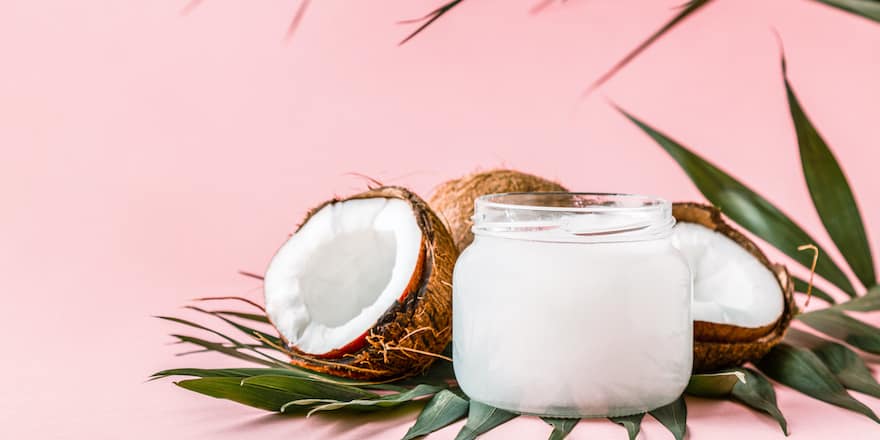
No, coconut oil is not just beneficial for hair!
Its majority of medium-chain fatty acids (lauric acid, capric acid, and caprylic acid) possess antifungal activities that prove useful, particularly during nail fungus. I invite you to consult this study on the subject.
Practically speaking, it can be consumed both orally and topically.
9. Henna
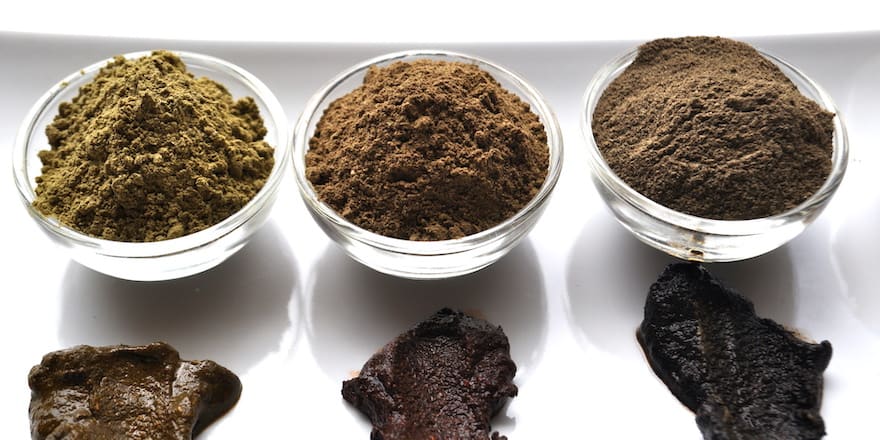
Used for temporary tattooing or even as a hair treatment, the uses of henna do not stop there.
Lawsone, or hennotannic acid, its red-orange dye present in its composition, is a natural fungicide. It could interfere with the mechanisms of fungal multiplication!
That’s not all. Its astringent properties limit the moisture of the scalp or skin, which doesn’t please pathogenic fungi that like this type of environment.
10. Probiotics
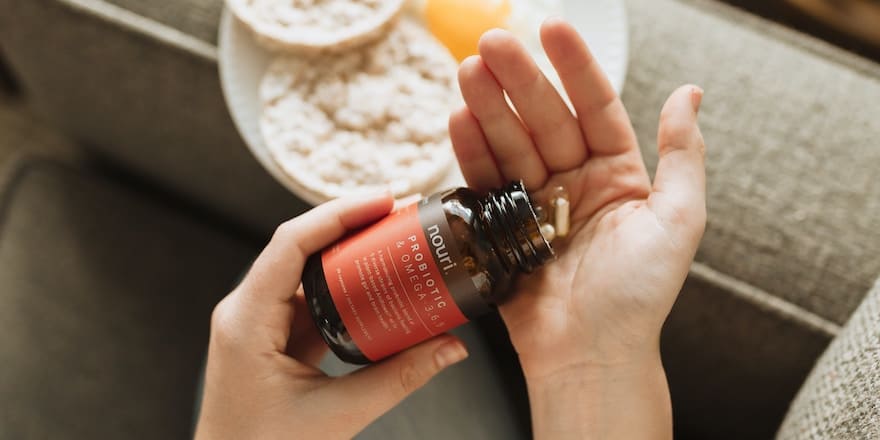
Finally, probiotics are a good solution to prevent fungal infections. During antibiotic treatment, it can disrupt the intestinal, skin, or vaginal flora.
And it is precisely when your environment is weakened that fungi are likely to settle and develop.
To avoid undergoing treatment, consider supplementing with probiotics during antibiotic treatment. The plus? They relieve the potential side effects of the treatment, such as diarrhea and other digestive disorders.
This study on the subject caught my attention. There may even be strains of probiotics that could act when the fungal infection is already developed. A promising avenue for the future.
Read also | The 5 best probiotics according to a pharmacist


